7 Food Costs That Could Spike Due to Soaring Tariffs, Says New Report
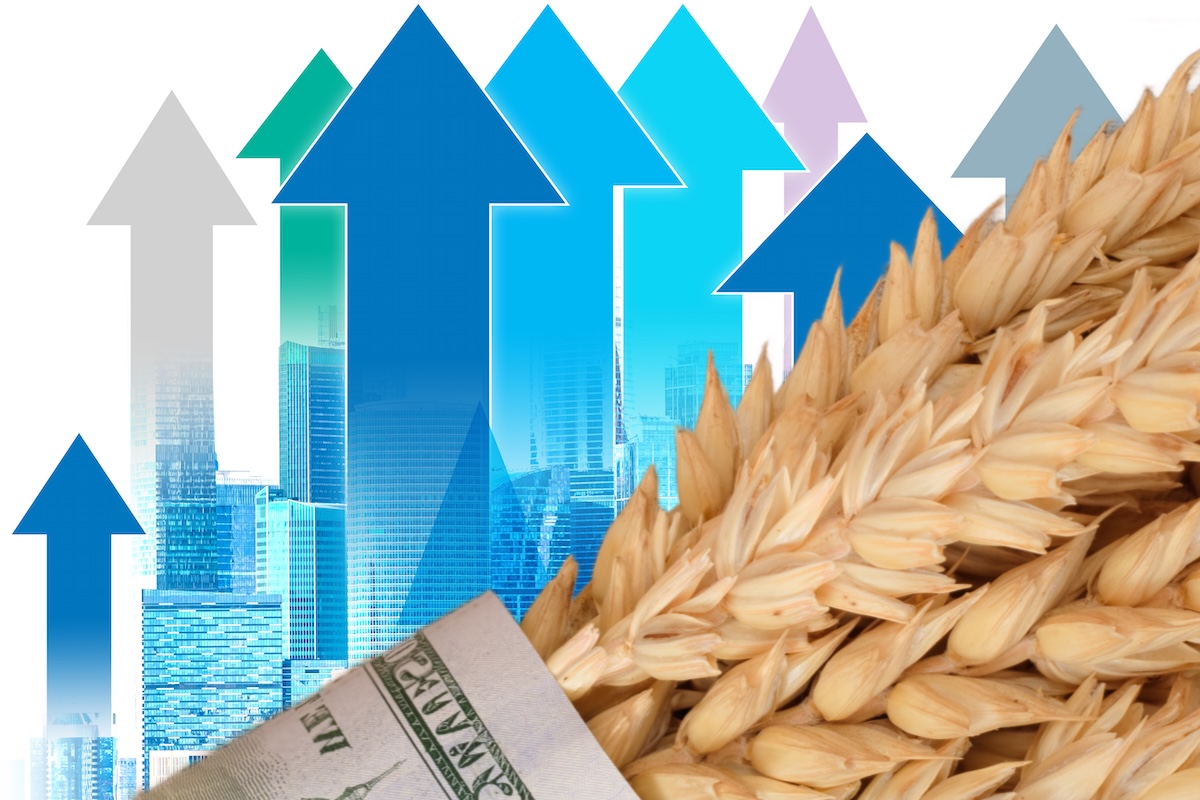
President Donald Trump's tariffs have undoubtedly shaken the international economy, with everyday items imported from abroad getting more expensive. And, it's not just items produced abroad and imported into the United States that will impact US prices. As part of the tariff war, it will become significantly more expensive for other countries to import American-made goods, which will likely shift the supply factor domestically. For example, farmers will produce less as demand decreases, and also be forced to increase prices to make ends meet. A new report outlines some of the food products that soaring tariffs could most impact.
Dairy Prices Could Fluctuate as China Tariffs Take Hold

Dairy is one of the top exports to China. Currently, dairy prices are facing a 135% tariff, which means that China may cut back on importing the lactose product. While this could initially lead to lower domestic prices, reduced margins and market instability could result in spikes later.
Soybean Prices Set to Climb With China Retaliation
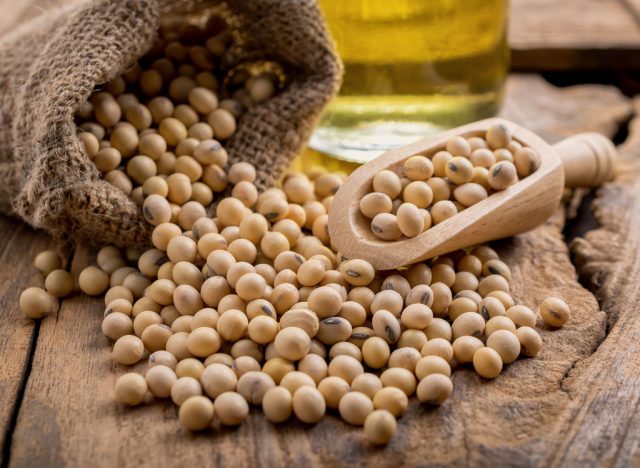
Soybeans are another significant export from the US to China, now subject to a 135% tariff in China. Brazil is another one of the world's leading soybean producers, so China will likely start importing the product from the South American country. American farmers could be forced to slow production, reducing their supply while increasing prices in the US.
Beef Could Get Pricier as China Drops U.S. Meat
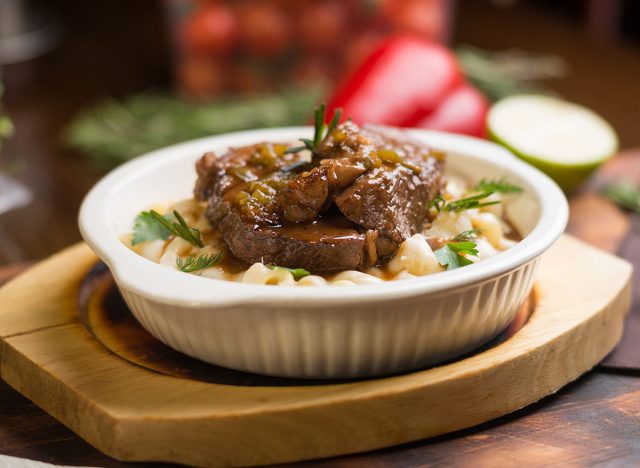
Another popular export from the US to China is beef. According to the report, the United States typically sends about $125 million per month in meat to China. However, as tariffs are as high as 145% for meat, China has already started replacing US beef with Australian alternatives. The disruption in the export flow will likely raise costs or squeeze domestic supply chains.
Corn Prices May Be Hit by Steep Chinese Tariffs
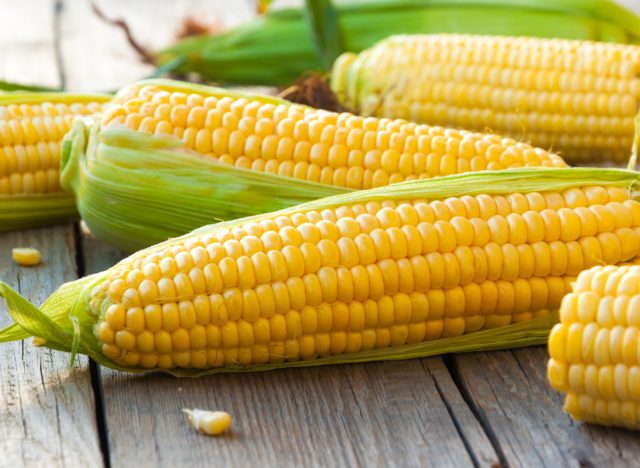
Another grain the US regularly exports to China is corn, facing a 140% tariff. Again, this will likely shrink demand abroad. Similar to other products, it could have a ripple effect and lead to tighter margins and price hikes for American consumers.
Wheat Costs Under Pressure From Shipping and Tariff Changes
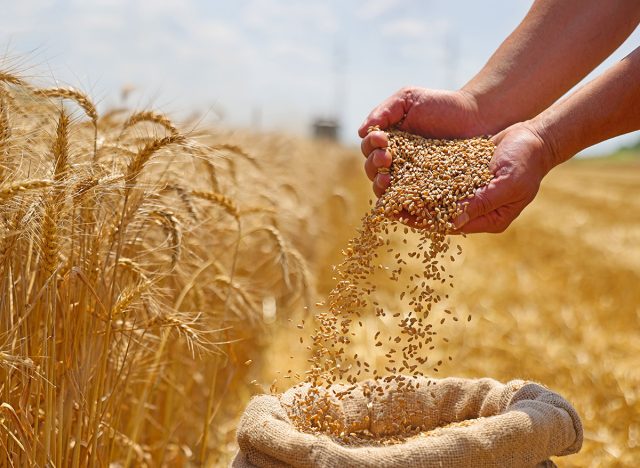
Wheat, facing 140% tariffs on exports to China, will also become a casualty. However, one positive? On April 17, the Office of the US Trade Representative (USTR) announced it was modifying proposed actions on Chinese maritime practices to make them less punitive for US manufacturers and businesses. "Ocean shipping is critical for US wheat growers to move their crops to market, and this step helps maintain our global competitiveness," said Pat Clements, president of the National Association of Wheat Growers.
Rice Prices Vulnerable as Trade Deals Shift in Asia
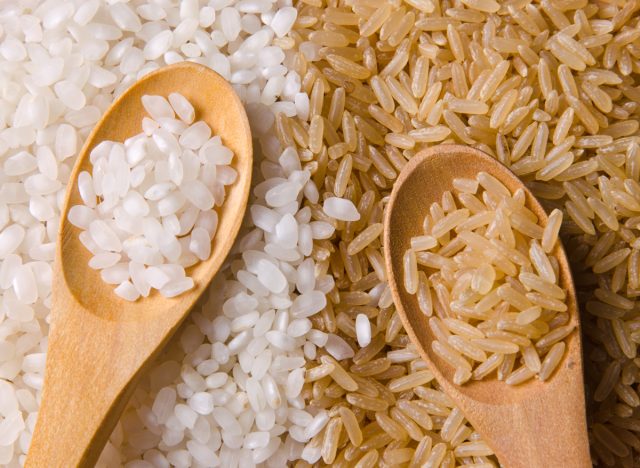
Japan and Thailand are key rice partners and are currently negotiating new terms with the U.S. If the talks do not go well, the global rice supply could be impacted, resulting in higher domestic prices.
Snack and Packaged Food Costs May Rise With Ingredient Tariffs

China also supplies more than 85% of the world's monk fruit. While you might not think you eat it, it happens to be a popular low-calorie sweetener in many US-produced packaged foods. That, alongside the fact that many packaging materials are sourced from China, snacks and popular packaged foods could become more expensive.









